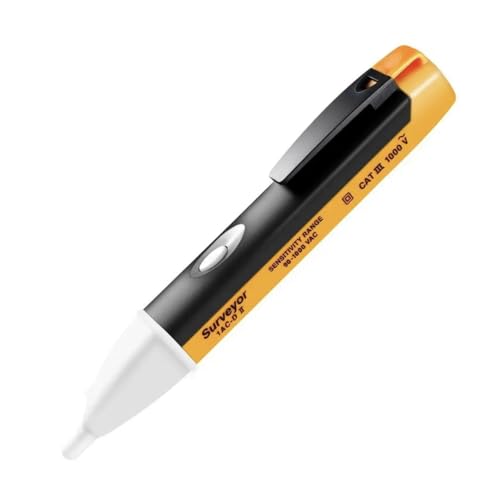Hey everyone,
Let me know your thoughts on the following:
Three weeks ago I was called out to a cafe when the head chef plugged his microwave into a double socket and it went "bang" and took out the 32amp type B mcb that supplies the ring circuit, upon arrival I checked the microwaves 13amp plug top, there was no sign of damage and a continuity test showed that the 13amp fuse inside the plug top was fine, I energized the ring circuit and plugged the microwave back into the double socket, no problems at all and the microwaves lcd screen lit up fine, I then checked in the back of the double socket for any signs of damage to wiring and there was no sign of damage, I replaced the double socket just incase it was faulty.
I then plugged the microwave back in to the new double socket when energized and heard a massive KaBbad day explodeoooom that came from the plug top, again.... it tripped the 32amp B type MCB at the board, but didn't blow the 13amp fuse???.
I turned the breaker back on, plugged the microwave back into the energized socket, microwave was working totally fine again...?
The chef had a spare microwave (exactly the same model as the faulty one), so I told him to use the spare microwave and leave the faulty one aside whilst I give it some more thought.
The new microwave worked fine for a further two weeks being used daily, but then I got a call to say that the new Microwave had blown the ring circuit, the chef heard a bang at the plug top, I arrived, 13amp fuse still in tact and microwave was working totally fine when re-energized.
I did insulation resistance tests on the ring circuit at the board, all above 99.9Mohms on all tests when all accessories removed from circuit, Earth loop was fine, circuit is totally healthy in every way.
So something about this ring circuit doesn't like this model of microwave, but its seriously bugging me and I cant sleep at night.
The ring main in question is in a Kitchen, there are always 3 fridges also plugged into this ring main, two fans usually on, a motorized under sink grinder, some hot plates to heat meat, and various other things, I also tried plugging the microwave into its double socket when all of the above accessories were also plugged into the ring circuit and in operation, and the microwave still was fine.
Ow... and the ring circuit was pulling a total of 7.4amps when under full load, so not a lot.
Any ideas guys???, or have I been beaten???.

Let me know your thoughts on the following:
Three weeks ago I was called out to a cafe when the head chef plugged his microwave into a double socket and it went "bang" and took out the 32amp type B mcb that supplies the ring circuit, upon arrival I checked the microwaves 13amp plug top, there was no sign of damage and a continuity test showed that the 13amp fuse inside the plug top was fine, I energized the ring circuit and plugged the microwave back into the double socket, no problems at all and the microwaves lcd screen lit up fine, I then checked in the back of the double socket for any signs of damage to wiring and there was no sign of damage, I replaced the double socket just incase it was faulty.
I then plugged the microwave back in to the new double socket when energized and heard a massive KaBbad day explodeoooom that came from the plug top, again.... it tripped the 32amp B type MCB at the board, but didn't blow the 13amp fuse???.
I turned the breaker back on, plugged the microwave back into the energized socket, microwave was working totally fine again...?
The chef had a spare microwave (exactly the same model as the faulty one), so I told him to use the spare microwave and leave the faulty one aside whilst I give it some more thought.
The new microwave worked fine for a further two weeks being used daily, but then I got a call to say that the new Microwave had blown the ring circuit, the chef heard a bang at the plug top, I arrived, 13amp fuse still in tact and microwave was working totally fine when re-energized.
I did insulation resistance tests on the ring circuit at the board, all above 99.9Mohms on all tests when all accessories removed from circuit, Earth loop was fine, circuit is totally healthy in every way.
So something about this ring circuit doesn't like this model of microwave, but its seriously bugging me and I cant sleep at night.
The ring main in question is in a Kitchen, there are always 3 fridges also plugged into this ring main, two fans usually on, a motorized under sink grinder, some hot plates to heat meat, and various other things, I also tried plugging the microwave into its double socket when all of the above accessories were also plugged into the ring circuit and in operation, and the microwave still was fine.
Ow... and the ring circuit was pulling a total of 7.4amps when under full load, so not a lot.
Any ideas guys???, or have I been beaten???.





![TUOFENG 12 Gauge Silicone Wire -6 Meter [3 m Black and 3 m Red] 3.3mm² Soft and Flexible Electrical Wire for DIY Projects and Electrical Applications](https://m.media-amazon.com/images/I/51+++DjJ1DL._SL500_.jpg)



























































